Eight A-Lister Alpine Plants
16 Oct 2019
These tiny jewels all start with “A” and sparkle in local rock gardens
By Panayoti Kelaidis With the Flatirons peering over one’s shoulders, it’s hardly surprising that Boulder County has its share of rock gardeners. Many of us love living in Colorado because of the proximity of the Rockies and their glorious alpine meadows. We dash up there whenever we can to explore them, but why not plant a few alpine beauties in our home landscapes? Of course, many true alpines won’t grow at lower altitudes, but a surprising number can adapt to Front Range gardens. Large perennials and shrubs can smother home gardens with limited space, whereas small-scale plantings interspersed with rocks can open up the space and allow you to grow a greater variety of plants. Home rock gardens can be very functional and low-maintenance, with compact ground covers that form evergreen mats alongside kaleidoscopes of alpine flowers that provide brilliant color. Some of the plants listed here are true alpines from above tree line; others are small-scale plants that only look like they’re from higher heights, but are actually from rocky habitats lower down. All these “alpines” are available at local nurseries and from mail-order sources, and they’re durable in our regional gardens if given a rock garden setting with well-drained soil.Aethionema grandiflorum

Asperula sintenisii
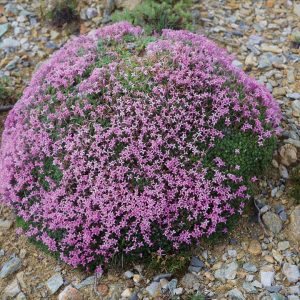
Aloinopsis spathulata
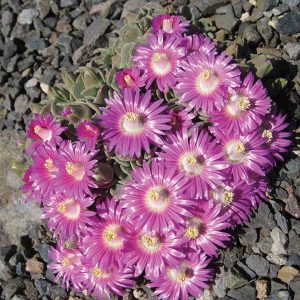
Anacyclus depressus
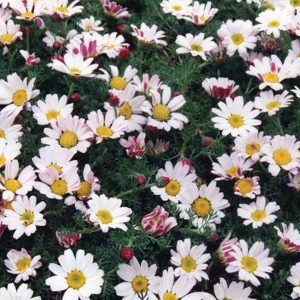
Anemone ranunculoides
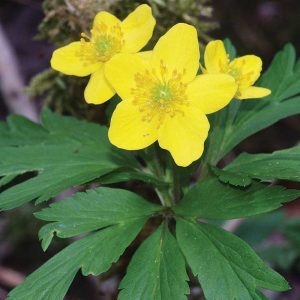
Aubrieta gracilis
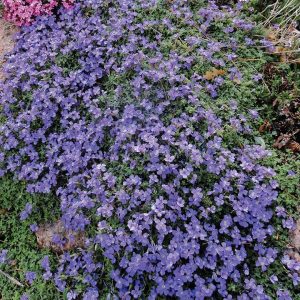
Aster ericoides ‘Snow Flurry’

Azorella trifurcata
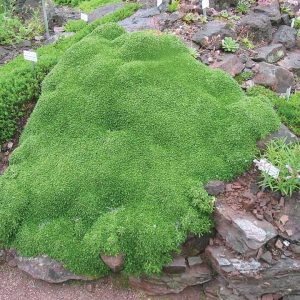
The Garden that Rocked Boulder
In the 20th century, Boulder’s most beautiful rock garden was unquestionably that of the late professor T. Paul Maslin, who taught biology at CU. His garden consisted of monumental conglomerate boulders of the Fountain Formation—the Flatirons, basically—excavated from the foundation of the home he built and arranged (with the help of a skid loader) by his artistic eye. Maslin filled his garden with a vast assortment of floral treasures, few of which had been grown elsewhere in the state, including a tremendous range of alpine plants. I walked past the Maslin garden daily as a child, since it was on my route to school and back. I would peer through the carport, where the magical vista beyond beckoned. That view, and the bold rockwork, became a sort of obsession for me. I would watch the transformations through the season, and take note of every flower, every change. It’s no accident that when I grew up, Maslin and I became best friends. We even founded the local chapter of the North American Rock Garden Society together in 1976.
The Garden that Stocked Boulder
Over a century ago, Darwin Andrews established Rockmount Nursery roughly where the National Institute of Standards and Technology in Boulder stands now. Rockmount became the region’s premier nursery and a mail-order source for native wildflowers, alpine plants and seeds from around the globe. In the classic book “The English Rock Garden” by Reginald Farrer (the “patron saint” of rock gardens), the author acknowledges Andrews for supplying him with Rocky Mountain natives. Growing up in Boulder, I perused a vintage copy of this book at CU’s Norlin Library. Inside the front cover, Farrer had autographed the copy for Andrews. This year represents the centenary of the book’s publication, while 2020 marks the centenary of Reginald Farrer’s death on the alpine heights of Burma while on a plant expedition. What better way to honor these anniversaries than to build a rock garden? Panayoti Kelaidis is senior curator and director of outreach at Denver Botanic Gardens. He’s also vice president of the North American Rock Garden Society.
Panayoti Kelaidis is senior curator and director of outreach at Denver Botanic Gardens. He’s also vice president of the North American Rock Garden Society. 











